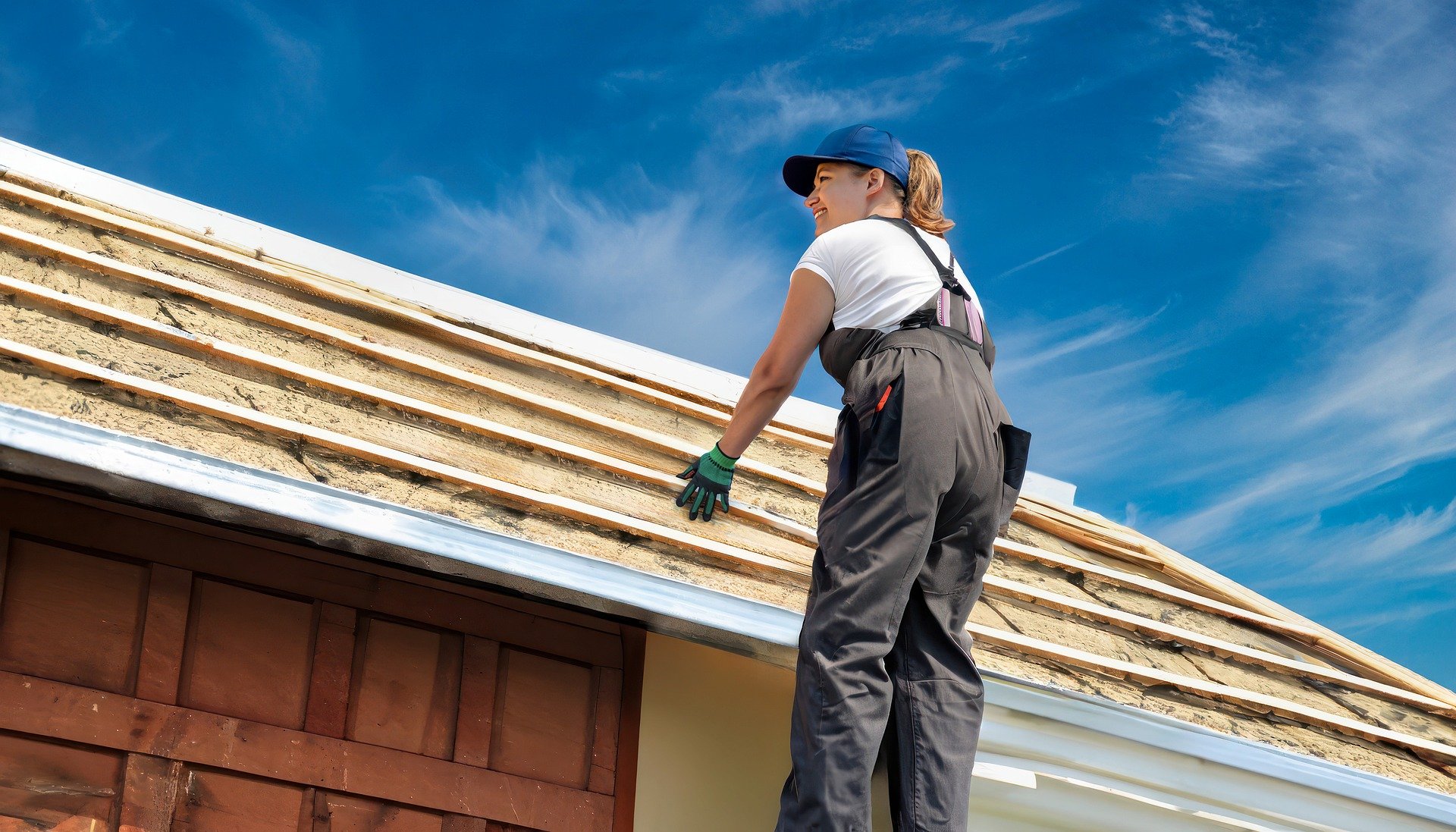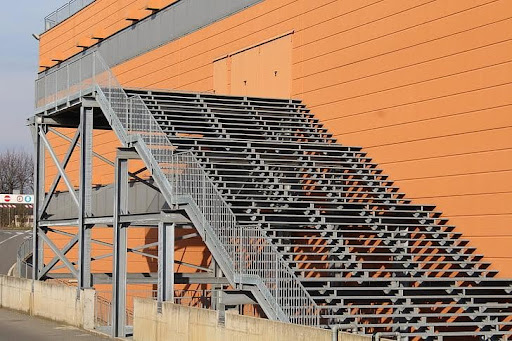Keeping your roof strong is essential to shielding your house from the weather. Weather conditions pose a number of risks to roofs, thus maintenance is crucial.
Neglecting routine maintenance over time can cause serious, expensive harm. Thankfully, there are useful fixes and cutting-edge developments in roofing protection that can keep your house secure.
Understanding Weather-Related Roof Damage
Conditions like hail, snow, rain and wind as well as ultraviolet (UV) radiations are all typical causes of roof damage. Knowing the various types of roof damage will assist you in identifying any potential problems prior to they become worse. Each of these elements can impact roof structures in different ways. For example when snow or rain can cause leaks and water damage, hail could cause physical damage. Wind could lift and shake tiles or shingles. Additionally, long exposure to UV rays can cause deterioration of roofing materials.
Different roofing materials react differently to the weather conditions. Asphalt shingles, which are commonly used for residential roofing, may be brittle in the sun’s intense. Metal roofs, on the other hand, show the ability to withstand hail but be prone to minor cosmetic damage. Roof tiles, constructed from materials such as concrete or clay generally last against a variety of weather elements, but could crack if exposed to extreme temperature fluctuations.
Homeowners must be aware of warning indicators of weather damage. The signs are damaged or cracked shingles, water spots on ceilings, growth of mould or loss of granules from asphalt shingles. The climate and the geographic locations also play an important role in determining the vulnerability of a roof. For instance, houses that are located near the coast could face more exposure to moisture, which requires specific maintenance.
Regular Roof Inspections: The First Line of Defence
Regular roof inspections are the initial line of defense against any potential damage. Many people ask, what is the ideal frequency for these inspections to occur? Ideally, it should be done twice per year, during the spring and in the autumn to ensure that any problems are identified early.
The most important things to look at when conducting an inspection are the condition of shingles, or tiles, the condition of flashings on chimneys, vents and other roof penetrations, as the condition of downspouts and gutters. Homeowners may wonder if they should do the work themselves or hiring experts. DIY inspections are effective in spotting obvious problems, however professional inspections offer an in-depth analysis, frequently finding issues that might be missed by an non-trained eye.
Roof inspections during the season can provide significant advantages, as they identify areas that are susceptible to damage before the worst weather hits. They make sure that proactive maintenance can prevent minor problems from turning into costly repairs thus saving time and cash in the long term.
Essential Maintenance Tips to Prevent Weather Damage
Cleaning gutters and downspouts and clear is vital to stopping the buildup of water and roof damage. In the event of obstruction, debris could block water flow which could lead to water overflows and possible leaks. Additionally, this keeps the water that is still in the tank from damaging the foundation of the building.
Tree trimming is another easy but effective method. Overhanging branches may scrape the roof during storms which can cause damages to your roof. Additionally, fallen branches can could pose a serious danger, particularly in storms.
Roof tiles and roofing shingles require regular maintenance to maintain their protection. Removing damaged tiles or shingles quickly helps keep the protection barrier. Also, think about applying sealants and roof coatings to increase the roof’s ability to withstand harsh weather conditions, thus extending its longevity.
Upgrading Your Roof for Better Weather Resistance
The addition of durable roofing materials increases its resistance to the elements. Many homeowners look into materials that are that are known for their durability, like roofing tiles, and the latest synthetic shingles. Each has its own advantages; for example, metal roofing can are able to withstand hail and wind and tiles are admired because of their long-lasting properties.
Innovative technologies help strengthen roofing structures. Roof materials that reflect light, like can minimize heat absorption, thereby reducing thermal expansion and contraction, which can result in wear over time. The solutions are now more readily available and can provide significant advantages.
A cost-benefit analysis can help you understand the benefits of readily available roof improvements. Although the initial investment might appear to be expensive, the durability and additional protection could be worth the investment over time.
The best upgrade to choose from involves studying the local weather patterns. Understanding the regional climate can help homeowners select the right technology and materials to ensure the future of their roofing.
Emergency Response Plan for Roof Damage
After storms, assessing roof damage immediately is essential. Owners of homes should first focus on the obvious damage, such as leaks or broken shingles. It’s essential to take temporary steps to avoid further damage while waiting for repairs from a professional, such as covering exposed areas.
The documentation of any damage is crucial to be able to claim insurance. Photos and notes in detail can provide a solid foundation for claims and guarantee that the process is more smooth with insurance companies.
Additionally, it is vital to have a trustworthy roofing contractor on hand in the event emergency situations. Find vetted and reputable contractors prior to requesting services. Also, avoid fly-by night businesses that might appear after storms, and offer their services at a bargain price but of questionable quality.
Use these weather-proofing tips to put them into action
A proactive roof maintenance program and timely replacements are crucial to protect your investment in your home. With these tips to protect your roof from the destructive effects of weather that can be unpredictable. A well-maintained roof can not only increase the life of your home but also offers security that can be gained from knowing your home is protected.
Taking action now to implement these practical solutions allows homeowners to tackle any future weather event confidently, knowing that your home is equipped to face the worst that the weather could throw at it. Keep an eye on the weather, conduct regular checks, and invest in your roof. It’s the primary guardian of your home.




